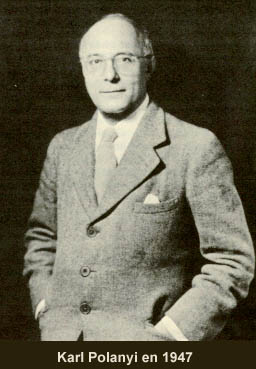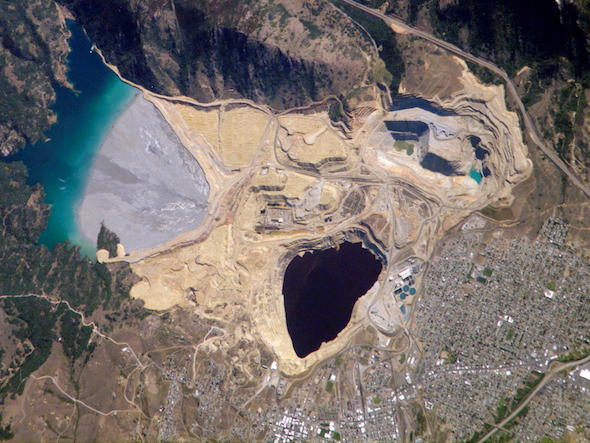The Slow Death of Neoliberalism: Part 4C Conclusion
Part 1.
Part 2.
Part 3.
Part 3A. This post at Naked Capitalism expands on Part 3, and adds a discussion of Simcha Barkai’s paper and methodology; I discuss other aspects in Part 4A.
Part 4A.
Part 4B.
It’s fairly easy to criticize neoliberalism from the inside, just based on its incoherence and its failure to deliver good outcomes to most of us. The Barkai Paper discussed in parts 3A and 3A, and the Paradise Papers and the Panama Papers make it obvious that the benefits of neoliberalism flow to the wealthy at the expense of the rest of us, whose wages are largely stagnant and have been for decades, and whose share of overall wealth has fallen.
Neoliberalism can also be criticized from the outside as a form of capitalism, and that seems to me to be more revealing. The constricted logic of capitalism leads directly to domination by the few in business and society generally. The logic that pushes towards dominance is the result of the nature of reason as it has evolved since the Enlightenment. I’ve discussed similar descriptions of the drive to domination in Polanyi, Arendt and to a lesser extent Veblen; click name above to visit my author page. My recent discussions of these points based on my first readings in Critical Theory can be found here, here, and here.
The members of the Frankfurt School were trained in classical German thought, including Hegel, Kant, and Marx. Initially they accepted Marx’ theory of an inherent contradiction in capitalism: that the rich would accumulate all the money and impoverish the workers, who would rise up and lead the revolution. That didn’t happen. Instead, the drive to domination was restrained by legislation. The majority’s insistence on restraints was so strong that the Supreme Court, that playground of the elites, was forced to allow the legislation to stand. But the scholars of the Frankfurt School knew that the drive to domination didn’t disappear. Today it’s just as strong as it was in the late 19th Century.
The natural logic of capitalism is gigantism. Marx said that in unrestrained capital, smaller businesses will be swallowed up by larger businesses, and he was right, as we see today. Organizations with massive capital wield enormous power, and can easily take over control of a society. We see the beginnings of all this today. There is a long tradition in the US of distrust of large piles of money and the people who control them, a sentiment that drove the progressive movement of the late 19th Century. That doesn’t disappear accidentally. It requires an external force to change it. I wouldn’t say it has disappeared today, but far too many of us have lost that natural distrust.
Somehow many people think billionaires as just like the rest of us. They aren’t, and the vulgar braggart in the White House is a perfect exemplar. But far too many of us are willing to accept rule by the rich. One of the central influences that led to this sorry situation is the Law and Economics movement, with its single-minded focus on economic efficiency. Economic efficiency: who could object that? Of course we should be efficient.
Once courts decided that the most important part of justice is insuring economic efficiency, they began to eat away at the laws and theories that enabled the majority to control the rich and powerful. Ideals like the importance of fairness, or social equality, or recognizing and correcting power imbalances through legislation, withered and vanished. Gradually we lost the ability to govern by majority rule. Our Supreme Court feels no compunction in overruling the will of the majority on health care, on voting rights, even on actual elections.
That is the result of the same kind of logic that drives capitalism, the logic of economic efficiency applied to every area of life. A somewhat simple idea that might be useful in limited settings becomes the overall mindset, the formula for decision-making that jumps from the tiny number of cases in which it might be a useful to the absurd idea that it works in every area of law.
It would be interesting to see a history of the erosion of the Securities Laws beginning under Reagan and his hit-man SEC Chair John Shad, followed by mildly limiting legislation, which the courts expanded to cut way back on the ability of the regulator to regulate, and the investor to sue. The Supreme Court bought into Posner’s principle, and then expanded it beyond recognition.
Friedrich Pollock, a member of the Frankfurt School, said that the profit motive has always been a form of the power motive. It just gets dressed up in fancy reductive logic by the likes of Posner and Bork for public consumption. Regardless of their motives, they are no different from Frank Luntz, who uses the tools of rhetoric to hide the ugly transformations sought by the rich.
All these changes start small, and require something that seems like a justification, but eventually, it’s just the whim of the elites. That’s how Trump acts, and that’s how the more effective members of his cabinet and his other appointees act. Rex Tillerson is destroying our capacity to engage in diplomacy. Scott Pruitt is destroying our ability to protect ourselves from climate change and pollution. Jeff Sessions is wrecking the Justice Department. All this was foreshadowed by the destruction of the SEC under Shad.
When government is dismantled, how does a society work? The rich take over and run things according to their fancies.
That’s the logic of capitalism. Control the capitalists or they controls you.


